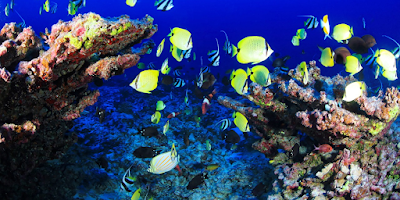Mangroves And Climate Change
.jpeg)
Mangroves are coastal forests found at the border between land and sea. They are also found at river mouths (estuaries). Half their acreage is in the land and some parts are in the sea. Mangroves form the blue carbon ecosystems of which sea grass and saltmarshes are the others. As an ecosystem, mangroves are very rich in terms of biodiversity and carbon stores. Mangroves house thousands varying and multiple species of animal life and fish, and over 80 plant species. Mangoves are located in 123 nations and are found ringing the Indian Ocean and sections of Atlantic and Pacific Oceans. Research figures put their coverage to about 152,000 square kilometers globally. Mangroves are unique in many ways, because even though they are below 1 percent of tropical forests, they are faster and more effective at carbon storage. It is estimated that the soils beneath mangrove forests carry about 6.4 billion tonnes of locked carbon, spread at the rate of a thousand tons per hectare. Majority of
